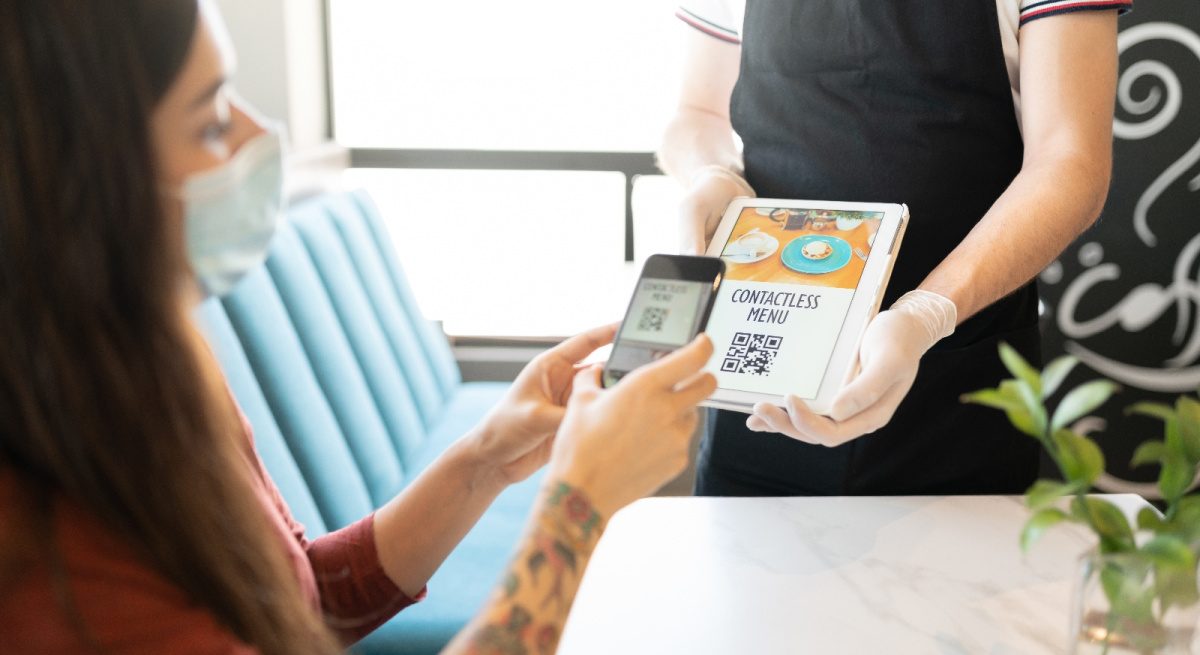Protecting Patron Privacy While Using QR Codes
3 Min Read By Jacqueline Klosek
The pandemic has led to profound and, in many cases, likely long lasting, changes in the way we live, work and conduct businesses. Restaurants, in particular, have had to go through significant transformation. One of the ways in which many restaurants have responded to new concerns about transmission of viruses and other contagions in their establishments has been through the adoption of QR coded menus. While these menus may be an attractive option to patrons and staff who are concerned about passing paper or plastic menus back and forth, and offer a number of other benefits, they are not without their privacy and security concerns.
Prior to the pandemic, QR coded menus were not in widespread use at restaurants but with more and more people seeking contactless ways of getting things done, having the ability to point one’s phone camera at a QR code, rather than passing around shared menus, seemed to be a more attractive option to many patrons and many restaurant managers…
Sorry, You've Reached Your Article Limit.
Register for free with our site to get unlimited articles.
Already registered? Sign in!


